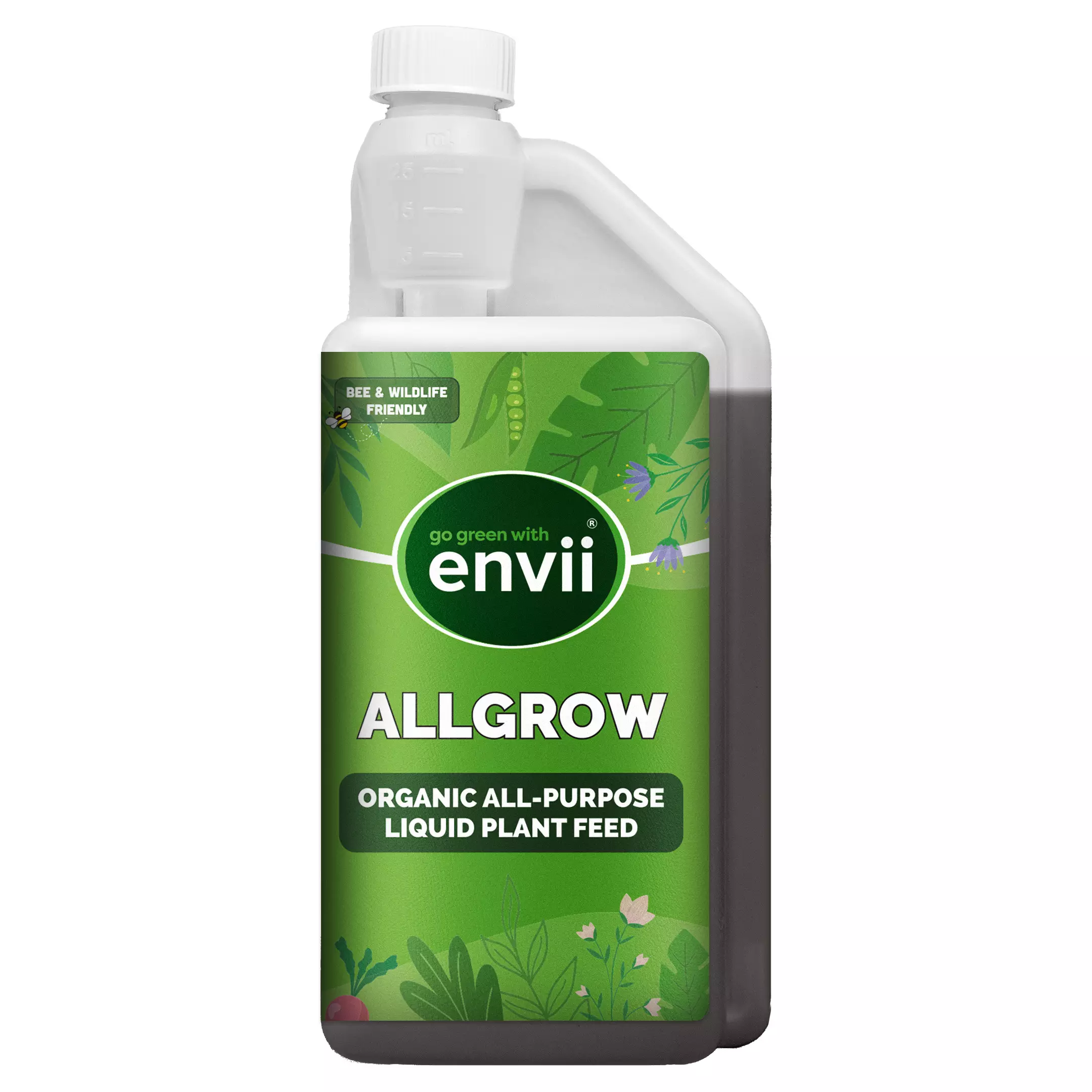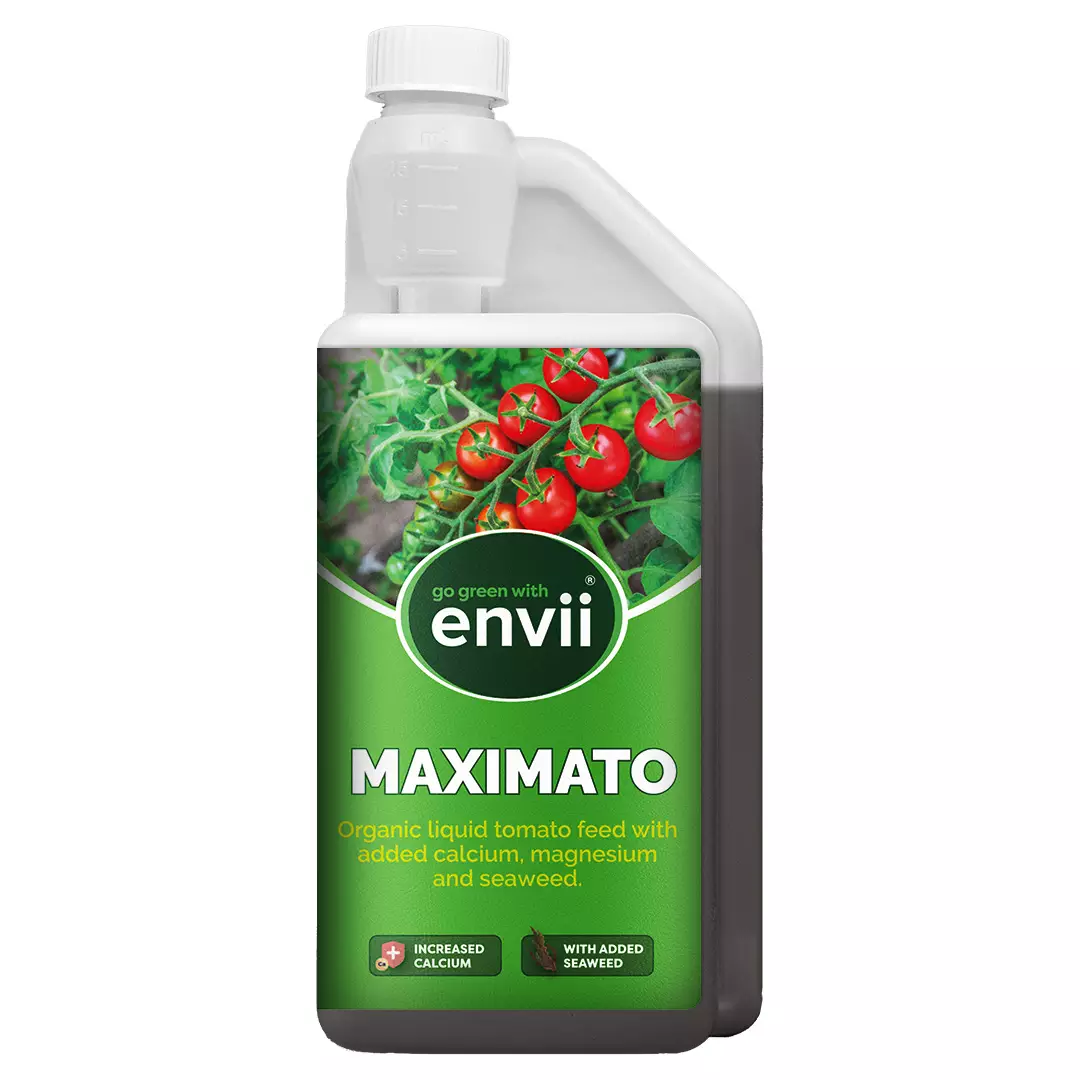Growing cucamelons is extremely rewarding due to their high crop production and zingy taste. Cucamelons originate from Mexico and have a similar outer skin pattern to a watermelon, making them a unique fruit to grow. As they produce a large number of fruits per plant, cucamelons are ideal for small space growing.
Sowing
The ideal time to sow your cucamelon seeds is between April and May as the weather is beginning to warm up to promote seed germination.
- 1. First, fill a small pot or large modular tray with compost leaving 1cm of room at the top.
- 2. Then place the cucamelon seed on top of the compost. Top Tip: Ensure the flat end of the seed is facing down. As that is the bottom of the seed, where the roots will develop.
- 3. Thirdly fill the remainder of the pot or modular tray with compost.
- 4. And lastly, water the compost through and leave the pots on a warm windowsill or greenhouse.
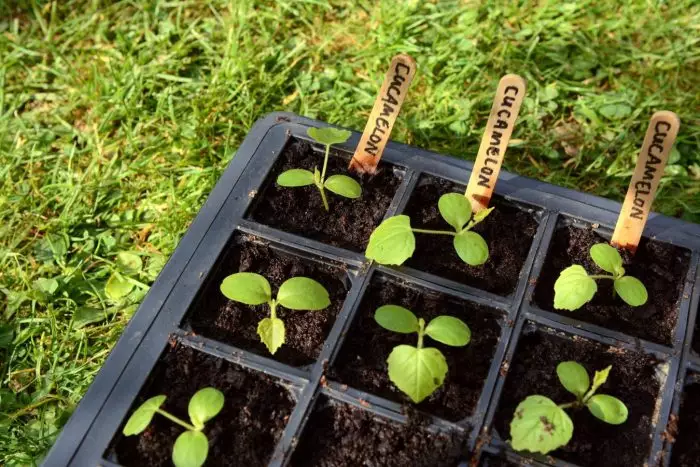
Growing Cucamelons
Growing cucamelons is easier than it sounds as they are drought tolerant and are often ignored by disease and pests.
Once your cucamelon plants have developed enough for you to handle and all signs of frost have passed, they can be planted outside or moved on to larger pots in a greenhouse.
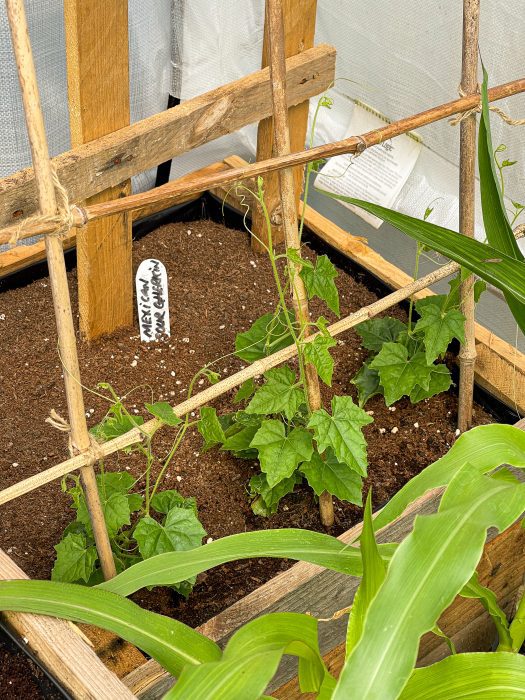
The plants prefer a sunny sheltered spot and preferably somewhere that they can climb. As cucamelon plants produce tendrils, allowing them to climb up almost anything like a trellis or wigwam.
To aid in plant development and pathogen protection use a mycorrhizal fungi-based additive such as Root Well when transplanting into a new location to help ensure successful growth.
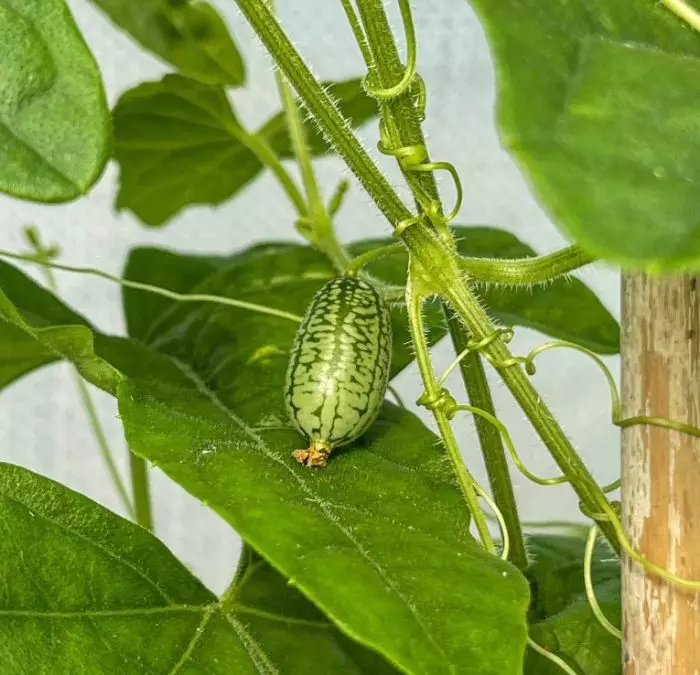
When the plant begins to produce small yellow flowers this means that they are beginning to fruit. Cucamelons produce male and female flowers and require wind or pollinators to encourage the female flowers to produce fruit.
Harvesting
Cucamelon plants produce an abundance of fruit throughout summer making them a great addition to your garden or plot.
To know if a cucamelon is ready to harvest you can lightly squeeze the fruit. If there is a bounce to the fruit it means that the fruit has developed enough to harvest. Or if the fruits have reached a grape-like size then this suggests that they are ripe. If the fruits become overripe the skin becomes tougher and adds bitterness to the taste.
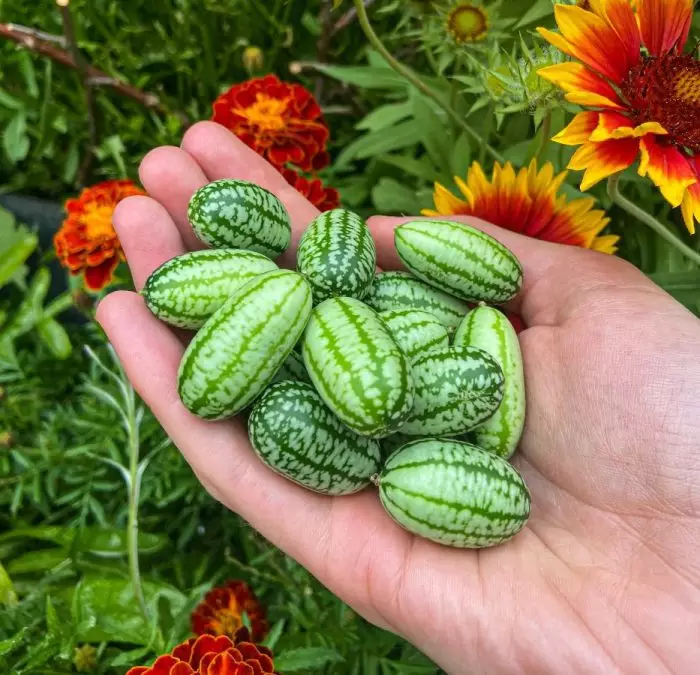
Problems When Growing Cucamelons
As cucamelons tend to climb they can become problematic to other plants. If you are planning to grow other plants close by, keep in mind that the cucamelon plant could stunt the growth by becoming entangled.
Avoid this by pinching the tops of the plant out to discourage further growth and allow the plant to focus its energy on producing fruit.
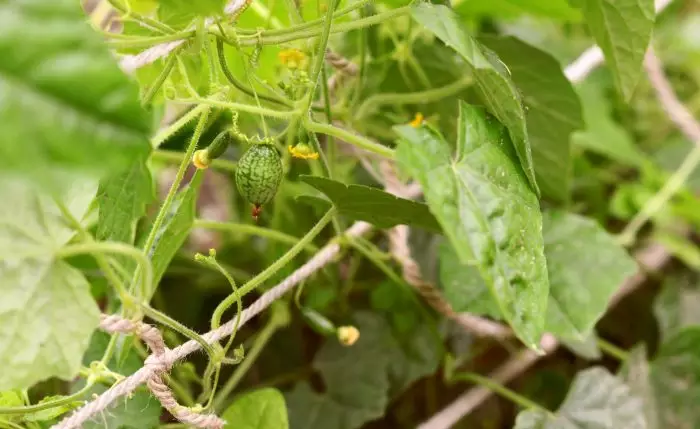
Overall, cucamelons are a fantastic addition to any garden or plot, bringing bountiful harvests and unique flavour to many dishes and drinks.
Related Products
-
 New in
New in
Envii Allgrow
£10.99Organic multi purpose plant feed for use on all plantsAdd to Basket -
 New in
New in
Envii Maximato
£10.99Organic liquid tomato plant feed with added seaweed, calcium and magnesiumAdd to Basket

 Call us on 01246 240880
Call us on 01246 240880 Sign-up and receive 10% off
Sign-up and receive 10% off


